Home>Storage & Organization>Kitchen Organizing Tools>How Does A Cat Know Where The Litter Box Is
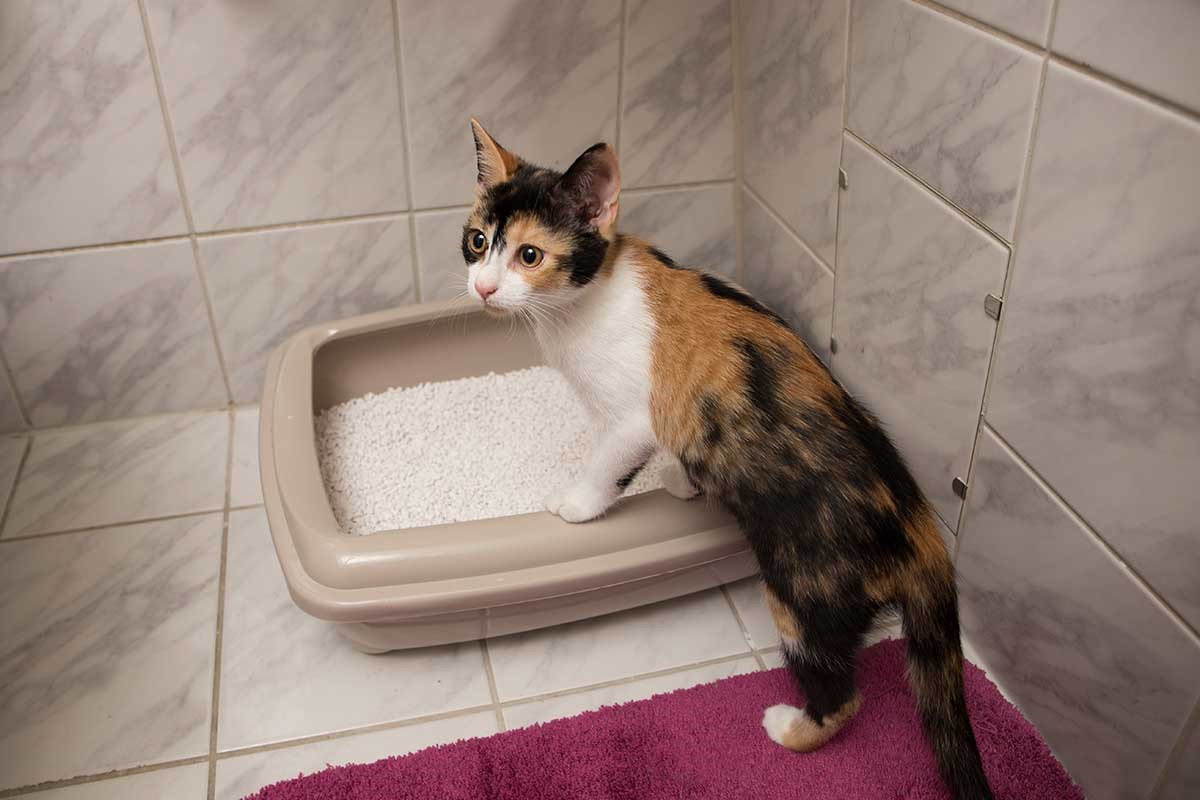

Kitchen Organizing Tools
How Does A Cat Know Where The Litter Box Is
Modified: March 2, 2024
Discover how a cat instinctively finds the litter box and explore essential kitchen organizing tools for a clutter-free space. Unlock the secrets of feline behavior and streamline your kitchen with the right tools.
(Many of the links in this article redirect to a specific reviewed product. Your purchase of these products through affiliate links helps to generate commission for Storables.com, at no extra cost. Learn more)
Introduction
Cats are fascinating creatures with a remarkable ability to navigate their surroundings with precision and grace. One of the most intriguing aspects of a cat's behavior is their innate knowledge of where to find the litter box. This seemingly instinctual behavior has captivated the curiosity of cat owners and animal behaviorists alike. In this article, we will delve into the factors that contribute to a cat's understanding of the litter box location, shedding light on their exceptional sense of smell, instinctual behaviors, and the role of training and reinforcement.
The mystery of how a cat knows where the litter box is located is a topic that has puzzled many pet owners. Understanding the underlying mechanisms behind this behavior can provide valuable insights into the feline mind and enhance our appreciation for their remarkable abilities. Let's embark on a journey to unravel the secrets behind a cat's uncanny awareness of the litter box's whereabouts.
Key Takeaways:
- Cats find the litter box using their super-sensitive sense of smell, which helps them detect familiar scents and locate the designated area for elimination with remarkable precision.
- Cats’ natural instincts and early maternal teachings guide them to use the litter box, and positive reinforcement from owners can further enhance their understanding and consistent use of the litter box.
Read more: Why Does Cat Not Poop In The Litter Box
The Sense of Smell in Cats
The sense of smell plays a pivotal role in a cat's ability to navigate its environment and locate essential resources, including the litter box. Cats possess a highly developed olfactory system, which far surpasses that of humans. In fact, a cat's sense of smell is estimated to be approximately 14 times more sensitive than that of humans, allowing them to detect a myriad of scents with remarkable precision.
At the core of a cat's olfactory prowess lies the presence of a specialized organ known as the vomeronasal organ, or Jacobson's organ. This unique structure enhances a cat's ability to detect pheromones, chemical signals, and odors in their surroundings. When a cat enters a space, their acute sense of smell enables them to discern familiar scents, including the location of the litter box.
Furthermore, a cat's sense of smell serves as a vital tool for communication and social interaction. Through scent marking and olfactory cues, cats establish territories, identify potential mates, and convey information about their emotional state. This heightened olfactory sensitivity allows cats to discern subtle changes in their environment, facilitating their ability to locate the designated area for elimination.
In the context of the litter box, a cat's keen sense of smell enables them to recognize the specific odors associated with their urine and feces. This olfactory recognition serves as a guiding mechanism, leading the cat to the familiar scent of the litter box. Additionally, cats are known to exhibit fastidious grooming behaviors, which further attune their olfactory senses to the scents associated with the litter box and their own waste.
In essence, the extraordinary sense of smell in cats serves as a fundamental component in their ability to locate the litter box with precision and efficiency. By leveraging their olfactory capabilities, cats effortlessly navigate their surroundings and fulfill their instinctual need for proper elimination.
The remarkable olfactory prowess of cats provides a compelling insight into their sensory world, shedding light on the intricate mechanisms that govern their behavior and interactions with the environment. As we continue to explore the factors influencing a cat's awareness of the litter box location, it becomes evident that their extraordinary sense of smell plays a pivotal role in this fascinating aspect of feline behavior.
Instinctual Behavior
Cats are inherently driven by instinctual behaviors that are deeply ingrained in their evolutionary history. When it comes to the utilization of the litter box, these instinctual tendencies play a significant role in guiding a cat's behavior and decision-making processes.
From a young age, kittens learn essential survival skills from their mother, including the proper methods of elimination. Mother cats demonstrate the act of digging and burying waste, imparting crucial lessons to their offspring. This early exposure to maternal behaviors instills a natural inclination in kittens to seek out suitable areas for elimination, laying the foundation for their understanding of the litter box concept.
In the wild, cats exhibit fastidious habits when it comes to maintaining cleanliness in their living spaces. This innate inclination stems from the need to minimize their scent presence and avoid attracting potential predators. By burying their waste, cats reduce the risk of detection, thereby enhancing their chances of survival. This instinctual drive to conceal their waste extends to domesticated cats, influencing their preference for using the litter box as a designated elimination site.
Furthermore, cats are territorial animals with a strong sense of spatial awareness. In their natural habitat, cats establish and defend territories, marking their domain with scent signals. The establishment of a designated elimination area, such as the litter box, aligns with their territorial instincts, providing a consistent and familiar location for waste disposal within their perceived territory.
The instinctual behaviors exhibited by cats, rooted in their evolutionary heritage, contribute to their innate understanding of the litter box's purpose and location. These deeply ingrained tendencies shape a cat's preferences and behaviors, guiding them to seek out the litter box as a natural extension of their instinctual drives.
In essence, the instinctual behaviors displayed by cats reflect their adaptive strategies for survival and territorial maintenance, influencing their utilization of the litter box in the domestic setting. By recognizing and honoring these instinctual inclinations, cat owners can foster an environment that aligns with their feline companions' natural behaviors, promoting a harmonious coexistence and fulfilling their cats' intrinsic needs.
The instinctual behaviors exhibited by cats, rooted in their evolutionary heritage, contribute to their innate understanding of the litter box's purpose and location. These deeply ingrained tendencies shape a cat's preferences and behaviors, guiding them to seek out the litter box as a natural extension of their instinctual drives.
In essence, the instinctual behaviors displayed by cats reflect their adaptive strategies for survival and territorial maintenance, influencing their utilization of the litter box in the domestic setting. By recognizing and honoring these instinctual inclinations, cat owners can foster an environment that aligns with their feline companions' natural behaviors, promoting a harmonious coexistence and fulfilling their cats' intrinsic needs.
Cats have a strong sense of smell, so they can find the litter box by following their own scent and the scent of the litter. Keep the litter box in a consistent location to help your cat find it easily.
Training and Reinforcement
Training and reinforcement play a pivotal role in shaping a cat's behavior and establishing consistent litter box habits. While cats possess innate instincts and a remarkable sense of smell, proactive training and positive reinforcement can further enhance their understanding of the litter box location and encourage appropriate elimination behaviors.
When introducing a new cat to the household or initiating litter box training with a kitten, it is essential to create a conducive environment that promotes positive associations with the litter box. This involves strategically placing the litter box in a quiet, accessible location and ensuring that it is easily identifiable to the cat. Additionally, using a litter substrate that aligns with the cat's preferences, such as clumping or non-clumping litter, can contribute to a positive litter box experience.
Positive reinforcement techniques, such as praise, treats, and gentle encouragement, can be employed to reinforce desired behaviors associated with the litter box. When a cat successfully uses the litter box, offering verbal praise and a small treat creates a positive association, reinforcing the notion that the litter box is the designated area for elimination. Consistency in providing positive reinforcement helps solidify the cat's understanding of the litter box's purpose and location.
In cases where a cat exhibits aversion to the litter box or displays inappropriate elimination behaviors, it is crucial to approach the situation with patience and understanding. Identifying and addressing potential stressors or environmental factors that may deter the cat from using the litter box is essential. Making adjustments to the litter box setup, addressing any potential sources of anxiety, and providing additional litter boxes in multi-cat households can contribute to a more positive litter box experience for the cat.
Moreover, proactive litter box maintenance, including regular cleaning and litter substrate replenishment, is instrumental in promoting a hygienic and inviting elimination environment for the cat. A clean and well-maintained litter box encourages consistent use and reinforces the cat's understanding of the designated elimination area.
By incorporating effective training strategies and employing positive reinforcement, cat owners can actively contribute to their feline companions' understanding of the litter box location and facilitate the development of consistent litter box habits. Through patience, consistency, and a supportive approach, training and reinforcement can significantly influence a cat's behavior and promote a harmonious coexistence within the household.
Conclusion
In conclusion, the remarkable ability of cats to discern the location of the litter box is a multifaceted phenomenon influenced by their extraordinary sense of smell, instinctual behaviors, and the impact of training and reinforcement. The intricate interplay of these factors underscores the depth of feline cognition and the nuanced mechanisms that govern their behavior.
The sense of smell emerges as a central element in a cat's navigation of the environment and identification of the litter box. Their highly developed olfactory system, coupled with the presence of the vomeronasal organ, empowers cats to detect and recognize specific odors, including those associated with the litter box and their waste. This heightened olfactory sensitivity serves as a guiding mechanism, enabling cats to locate the designated area for elimination with remarkable precision.
Furthermore, the instinctual behaviors ingrained in cats from an evolutionary standpoint significantly influence their understanding of the litter box's purpose and location. From maternal teachings to territorial inclinations, these instinctual drives shape a cat's preferences and guide them to seek out the litter box as a natural extension of their innate behaviors. Understanding and honoring these instinctual inclinations can foster an environment that aligns with a cat's natural tendencies, promoting a harmonious coexistence within the household.
Additionally, the role of training and reinforcement cannot be overlooked in shaping a cat's litter box habits. Proactive training strategies, positive reinforcement techniques, and attentive litter box maintenance contribute to the cat's comprehension of the litter box's significance and encourage consistent utilization. By creating a positive association with the litter box and addressing potential stressors, cat owners can actively influence their feline companions' behavior and facilitate a conducive elimination environment.
In essence, the mystery of how a cat knows where the litter box is located unravels through a combination of sensory acuity, instinctual inclinations, and the impact of training and reinforcement. By gaining insights into these underlying factors, cat owners can deepen their understanding of feline behavior and cultivate a supportive environment that honors their cats' natural instincts and cognitive abilities.
As we continue to marvel at the enigmatic world of feline cognition, the understanding of a cat's awareness of the litter box location serves as a testament to their remarkable sensory capabilities and the intricate interplay of nature and nurture in shaping their behaviors. Embracing this understanding fosters a deeper connection with our feline companions and enriches the bond between humans and cats in the shared spaces we call home.
Frequently Asked Questions about How Does A Cat Know Where The Litter Box Is
Was this page helpful?
At Storables.com, we guarantee accurate and reliable information. Our content, validated by Expert Board Contributors, is crafted following stringent Editorial Policies. We're committed to providing you with well-researched, expert-backed insights for all your informational needs.
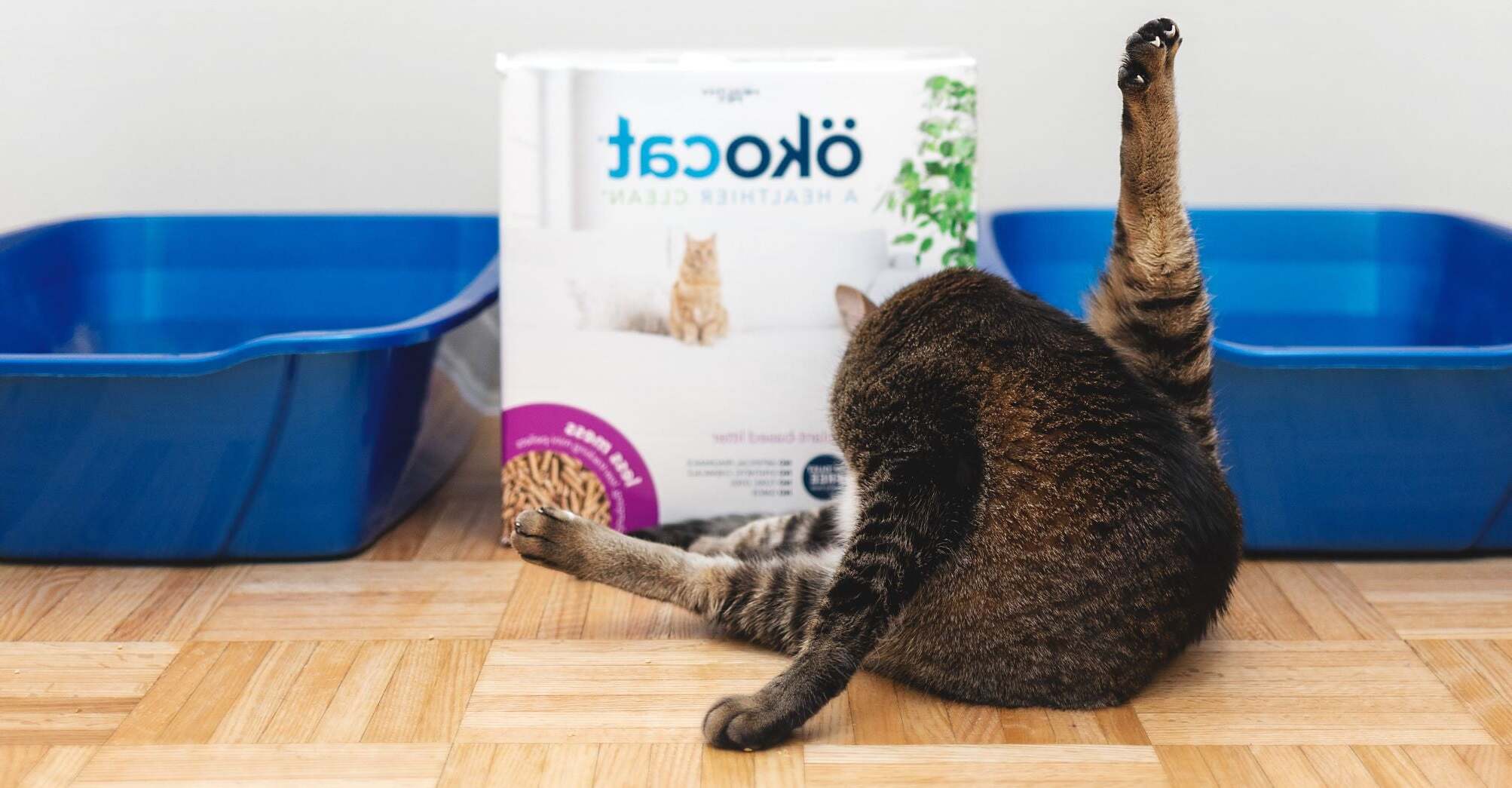
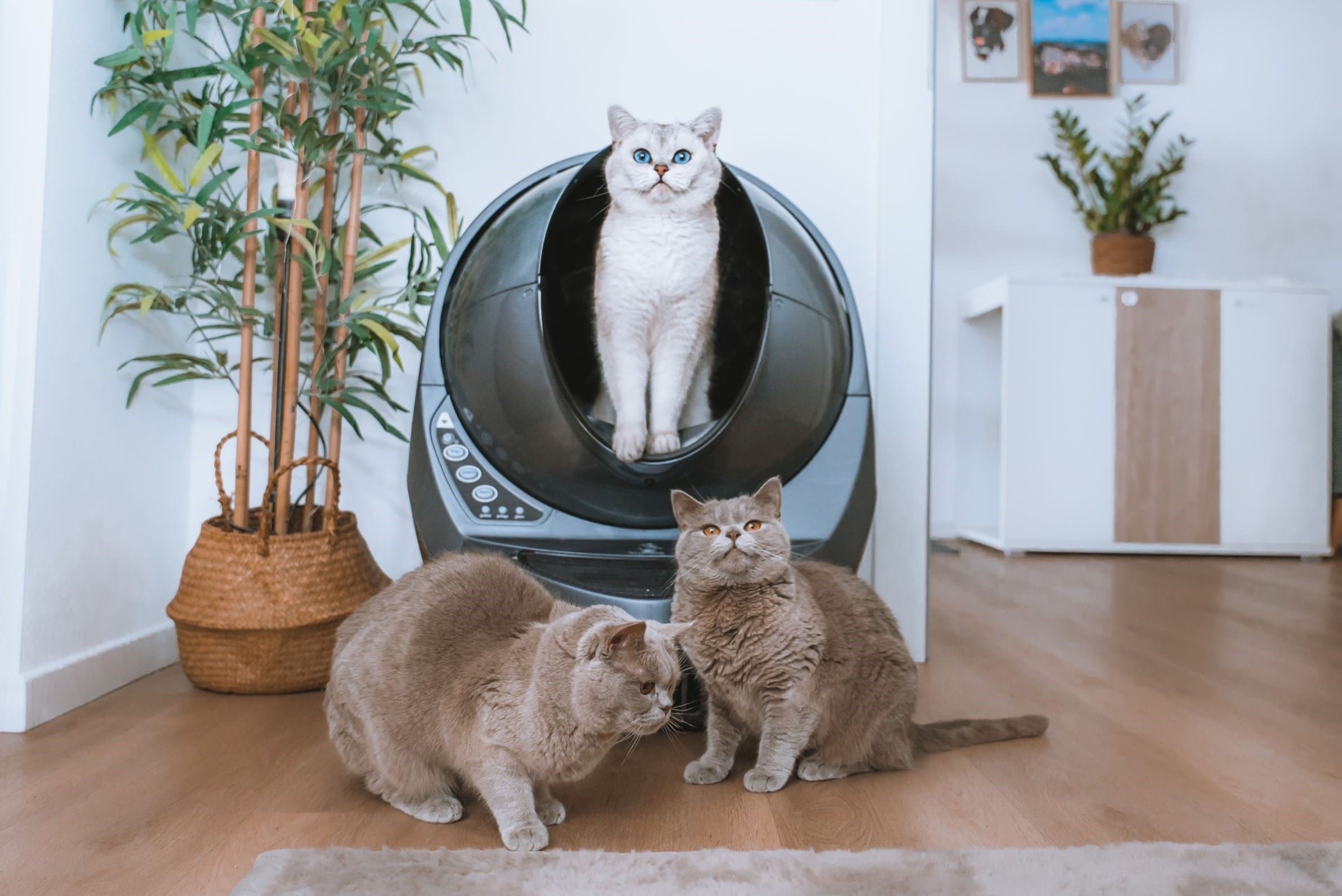
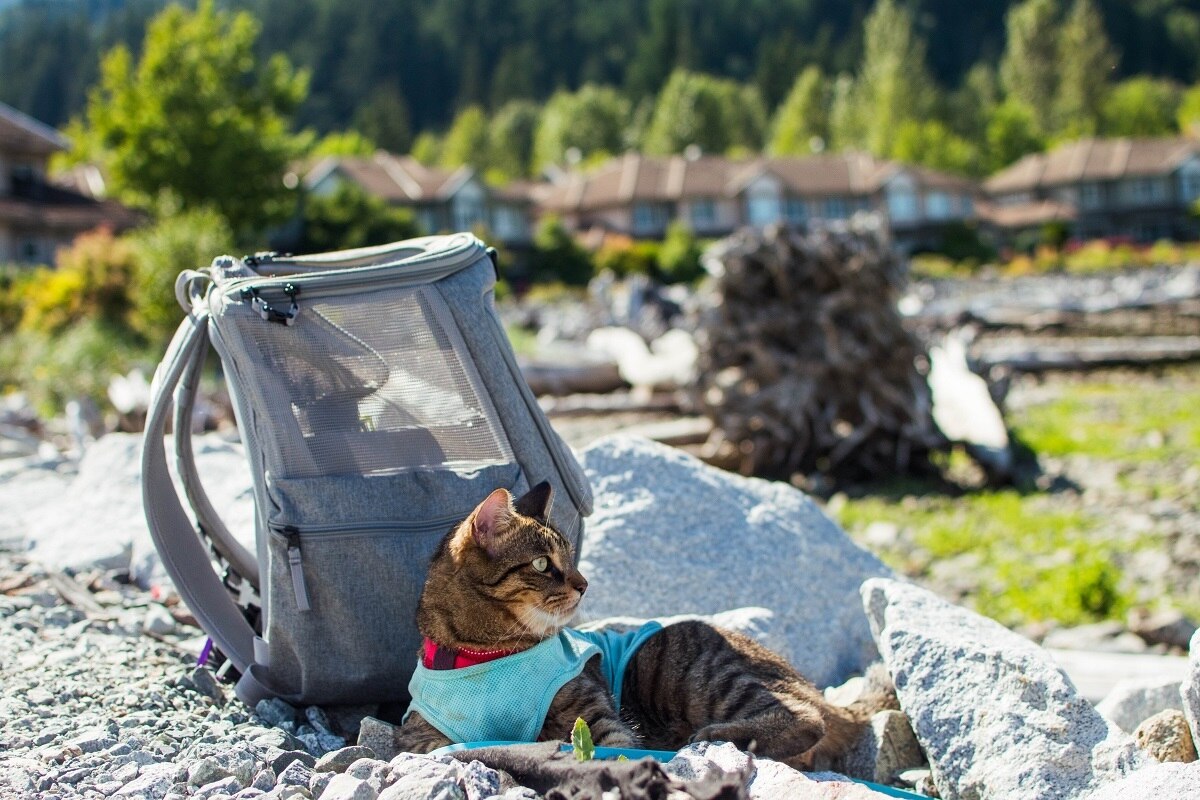
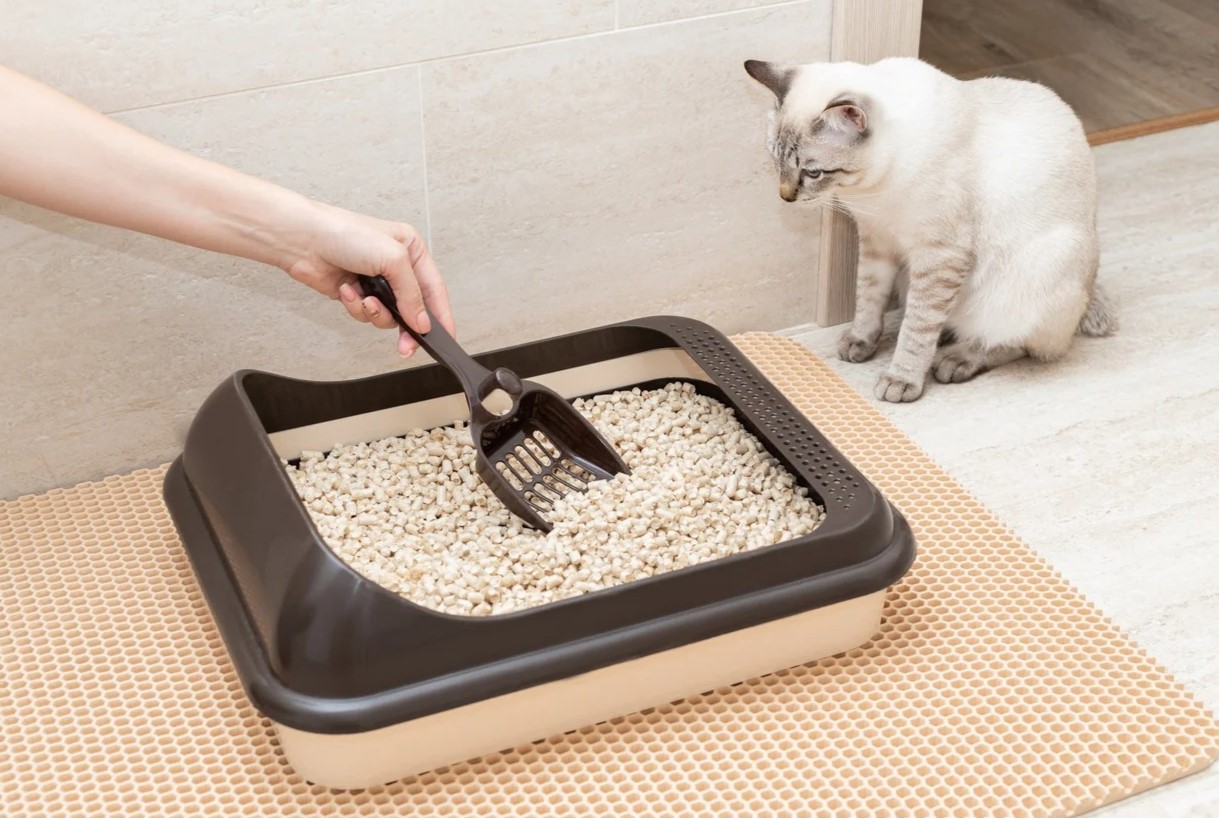
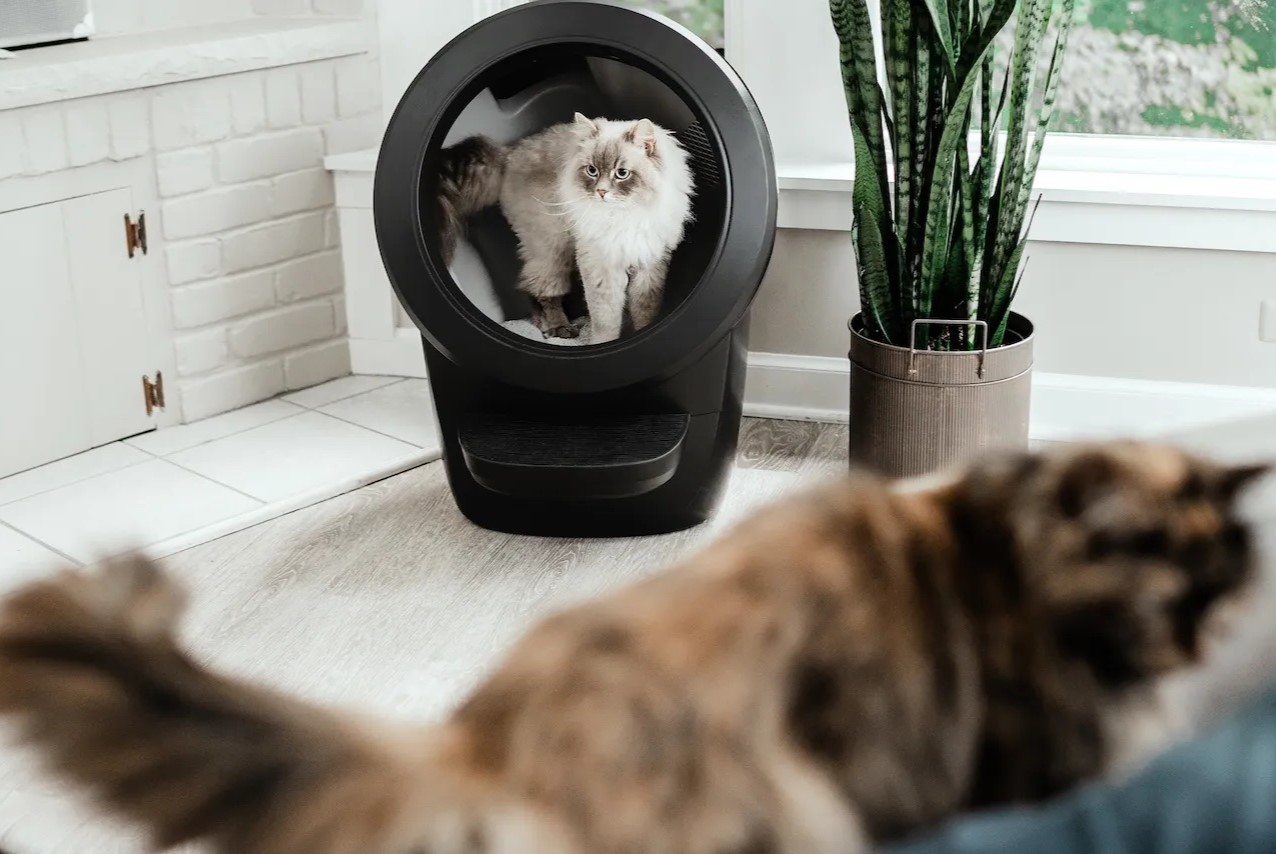
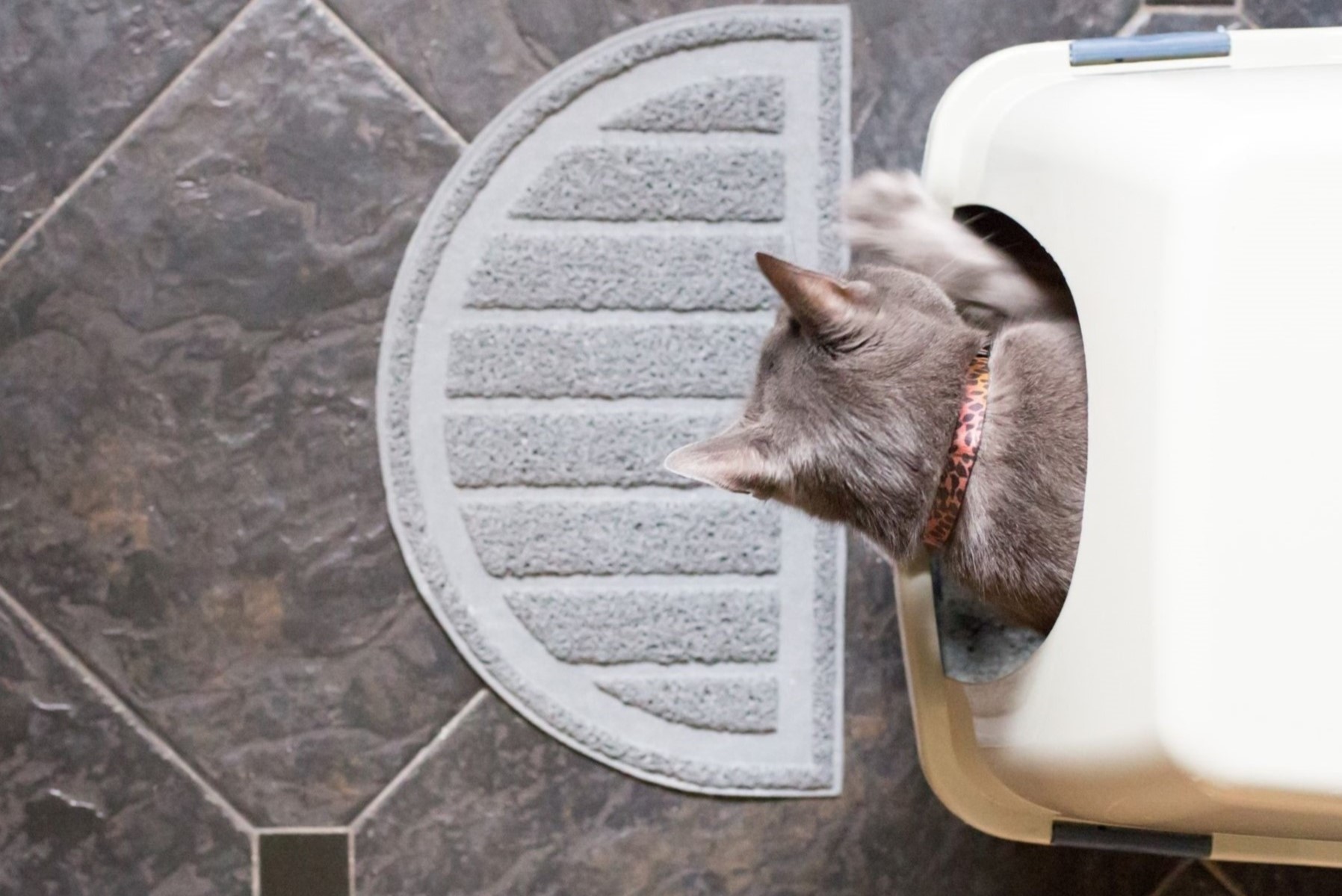
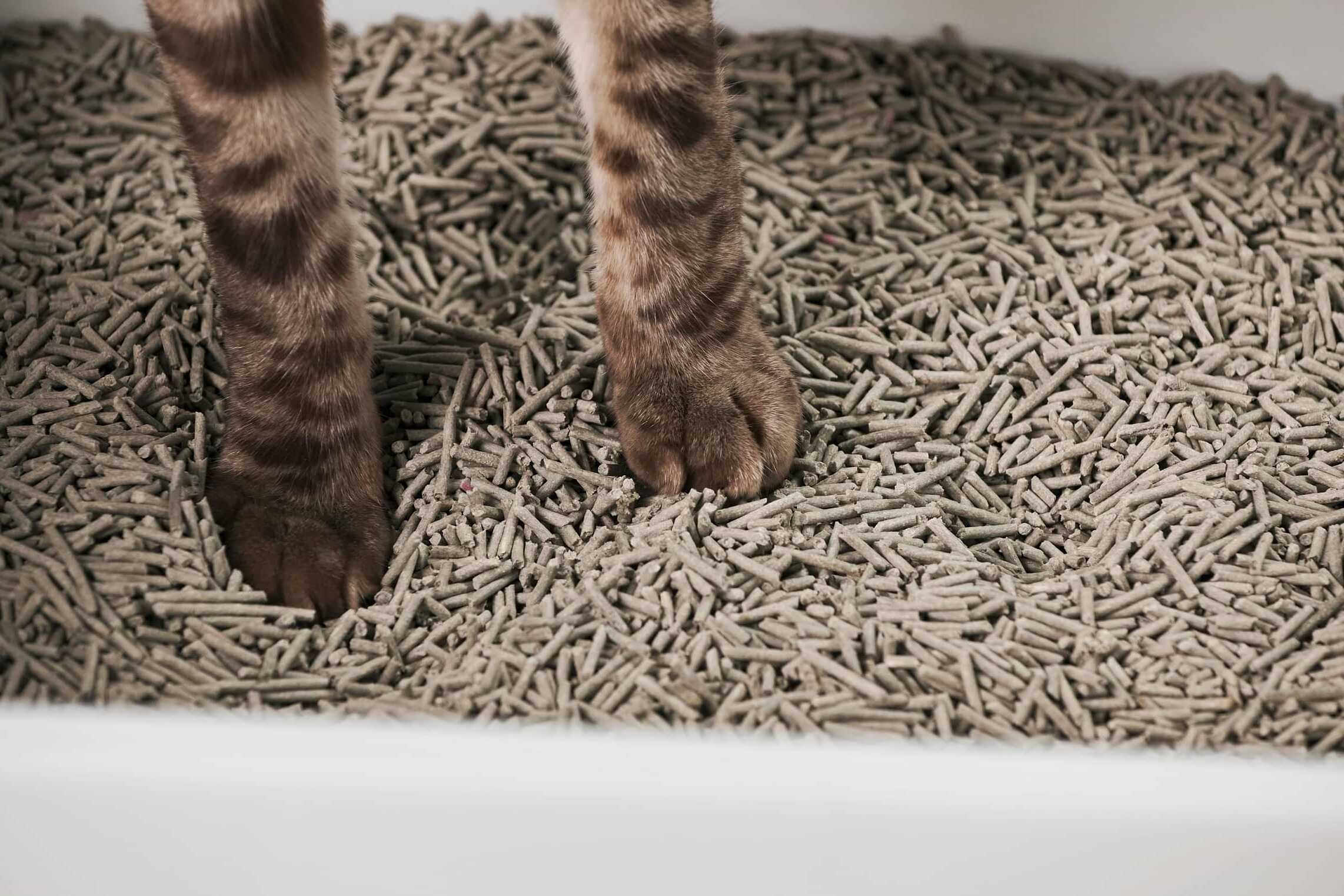
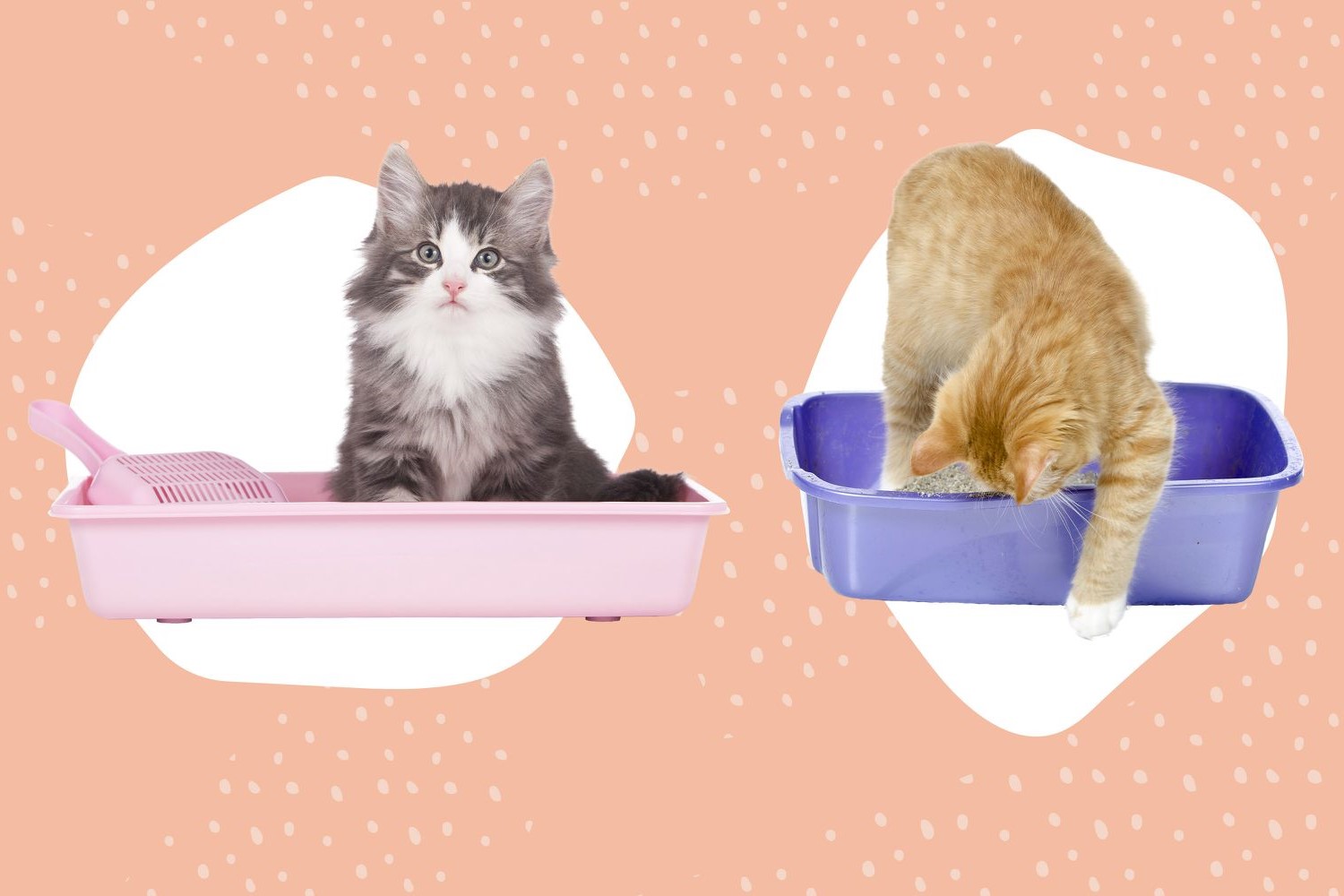
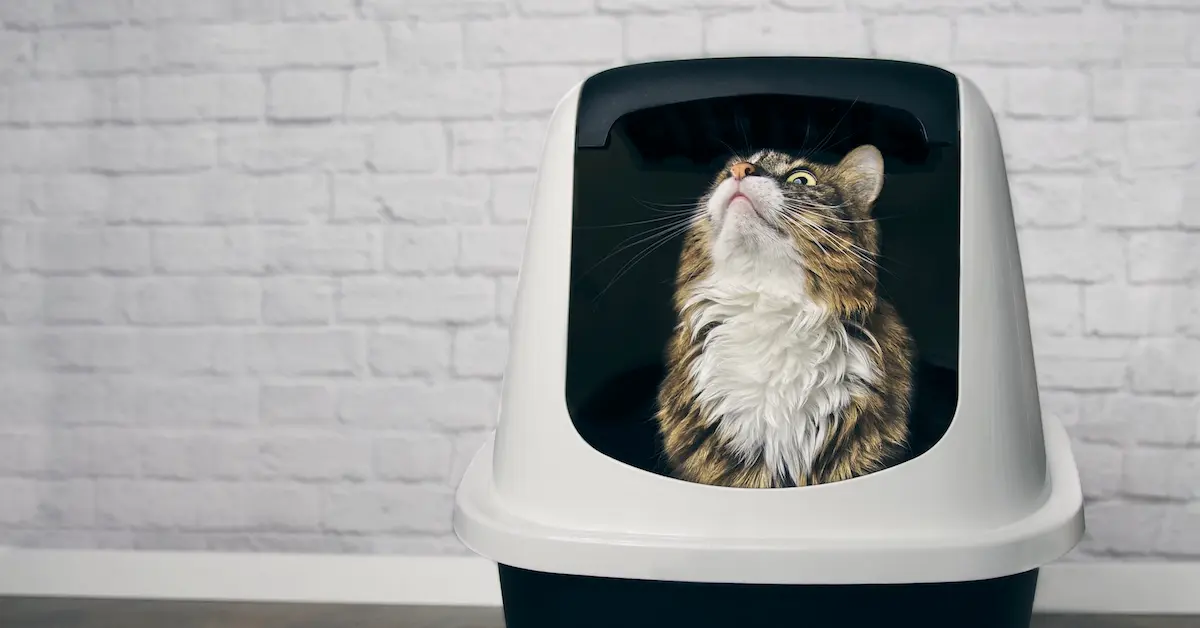
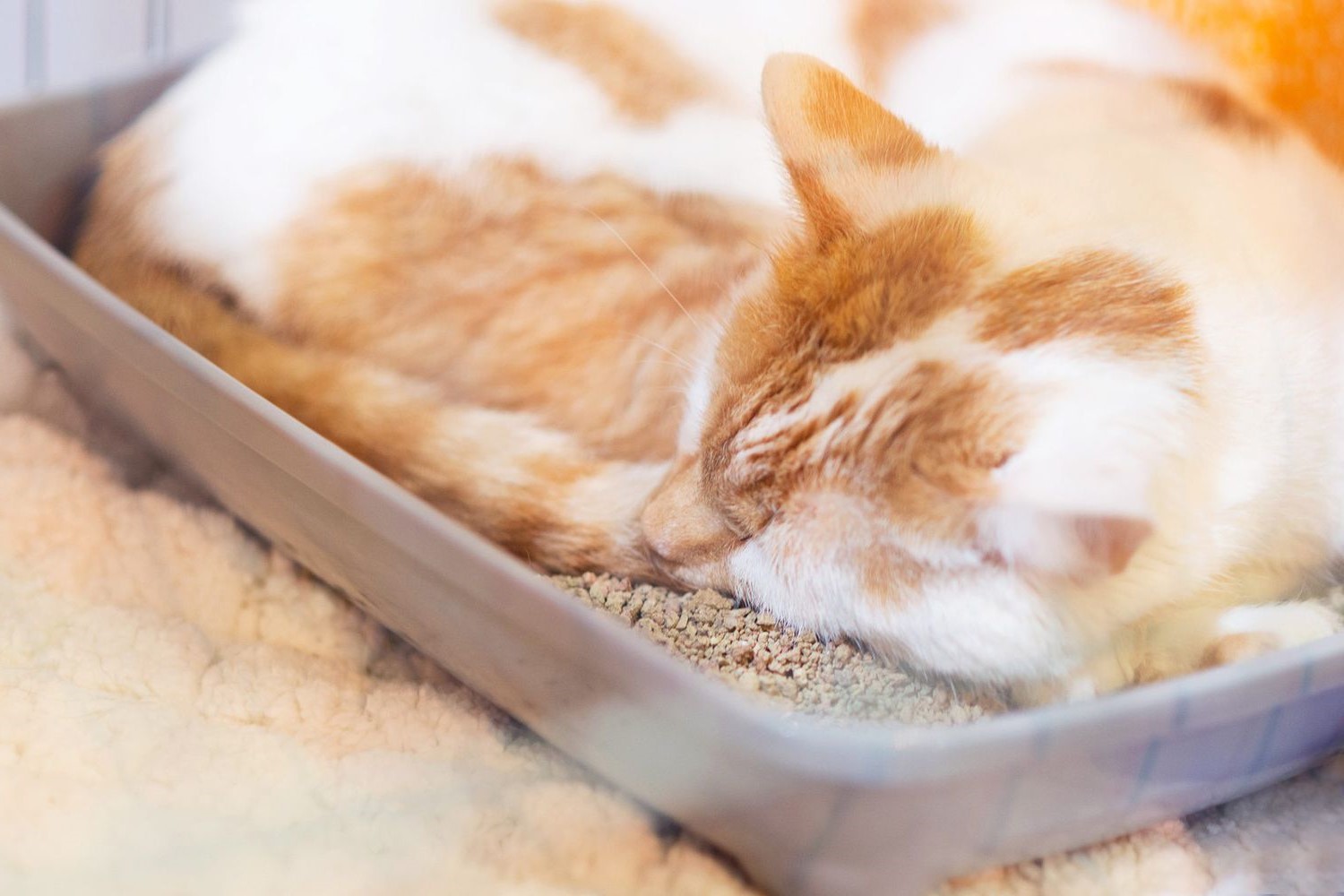
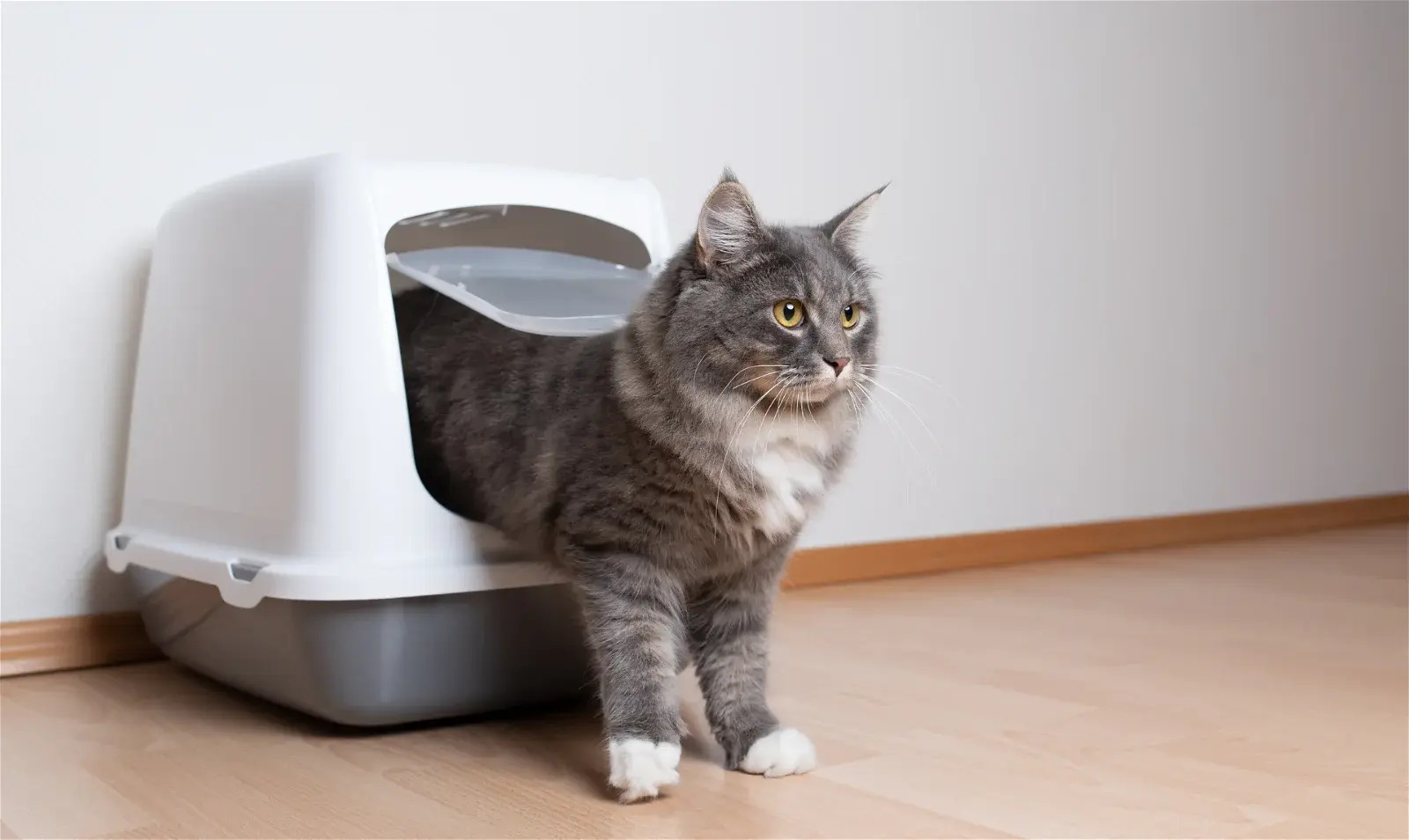
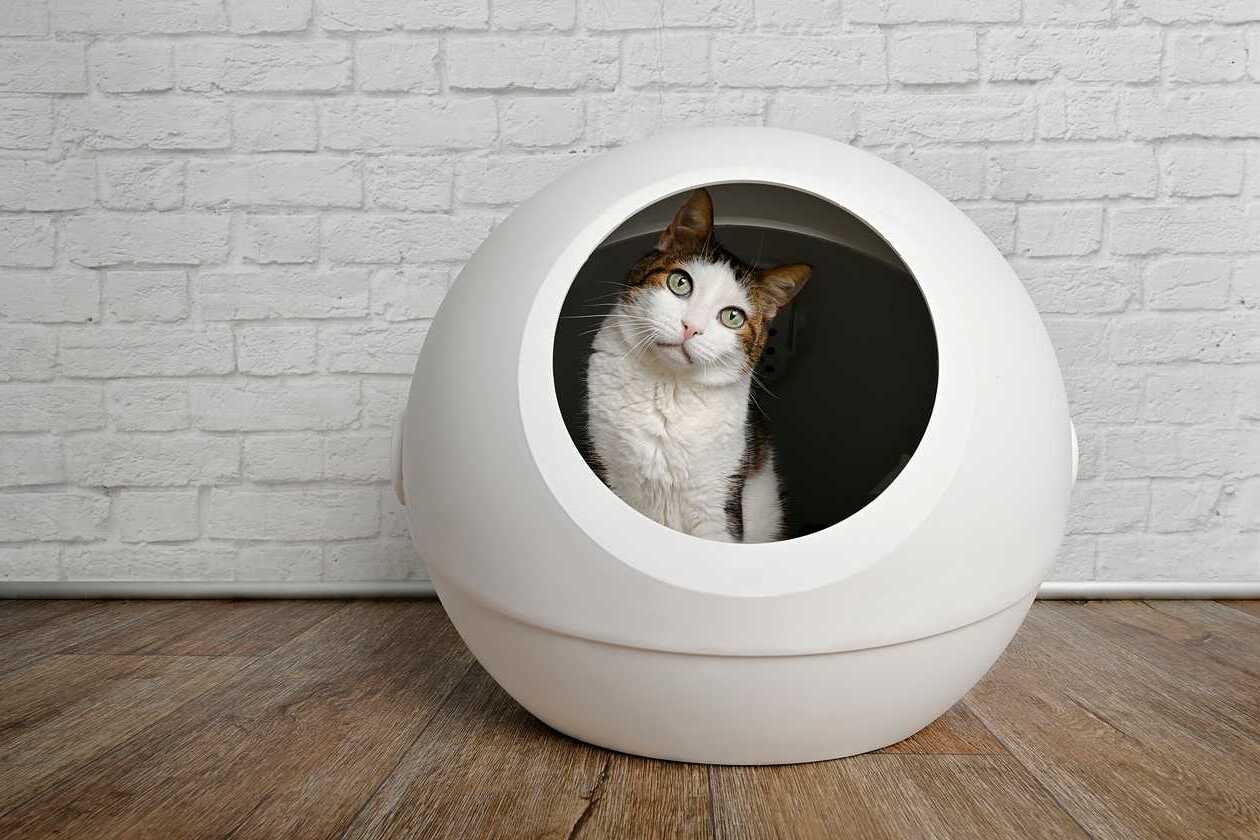
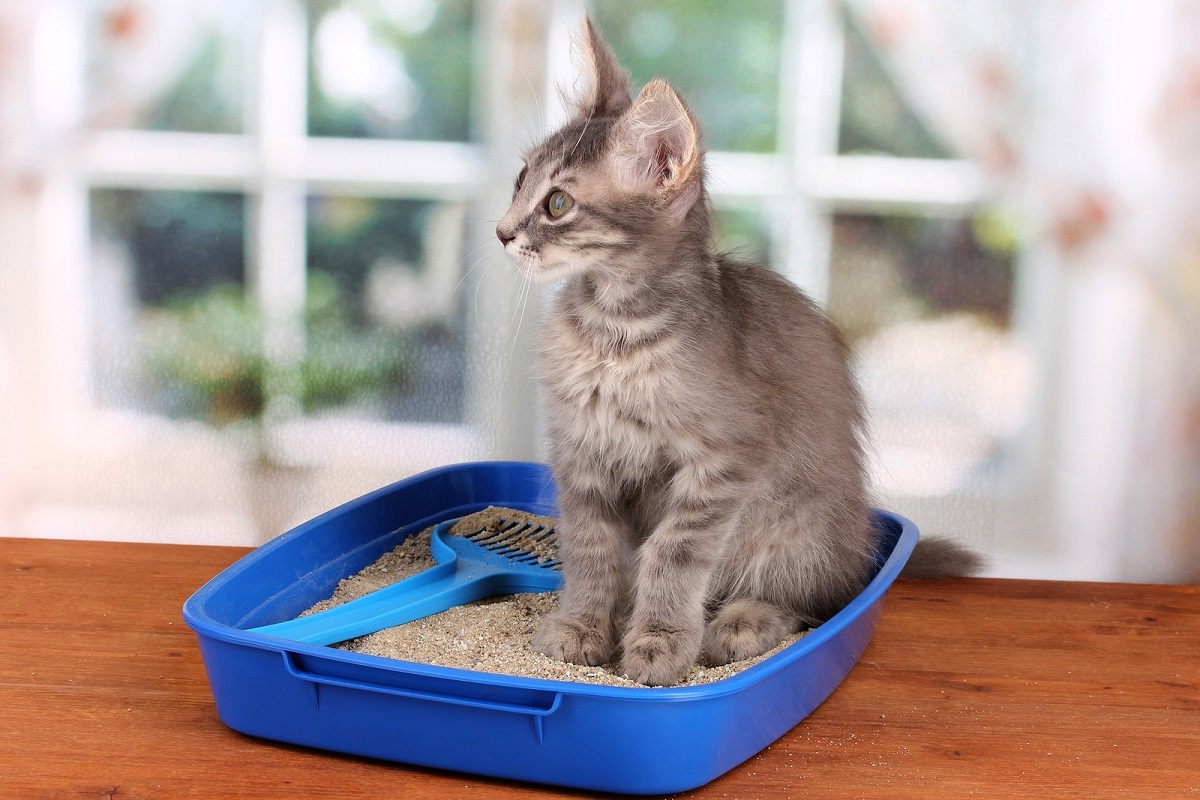
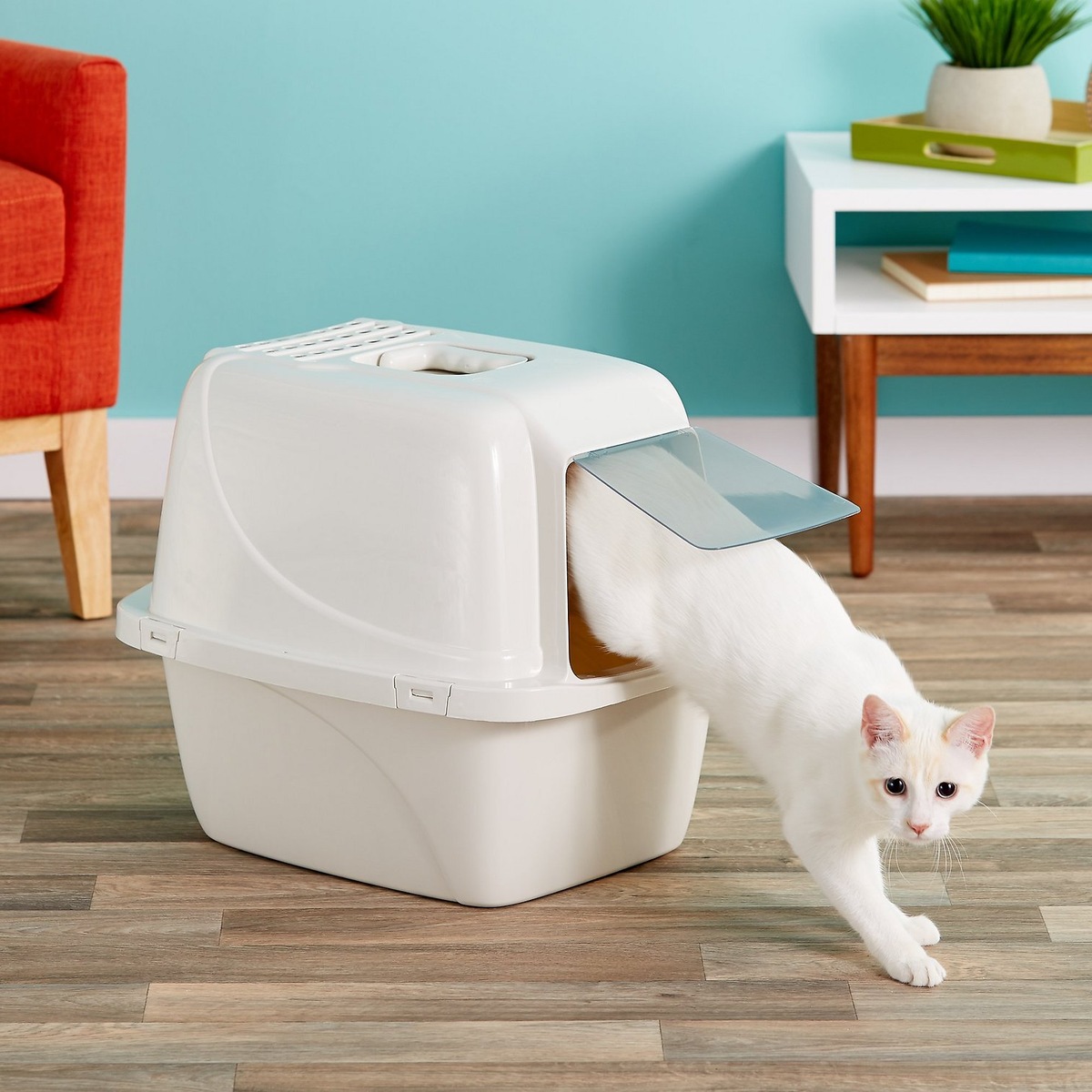
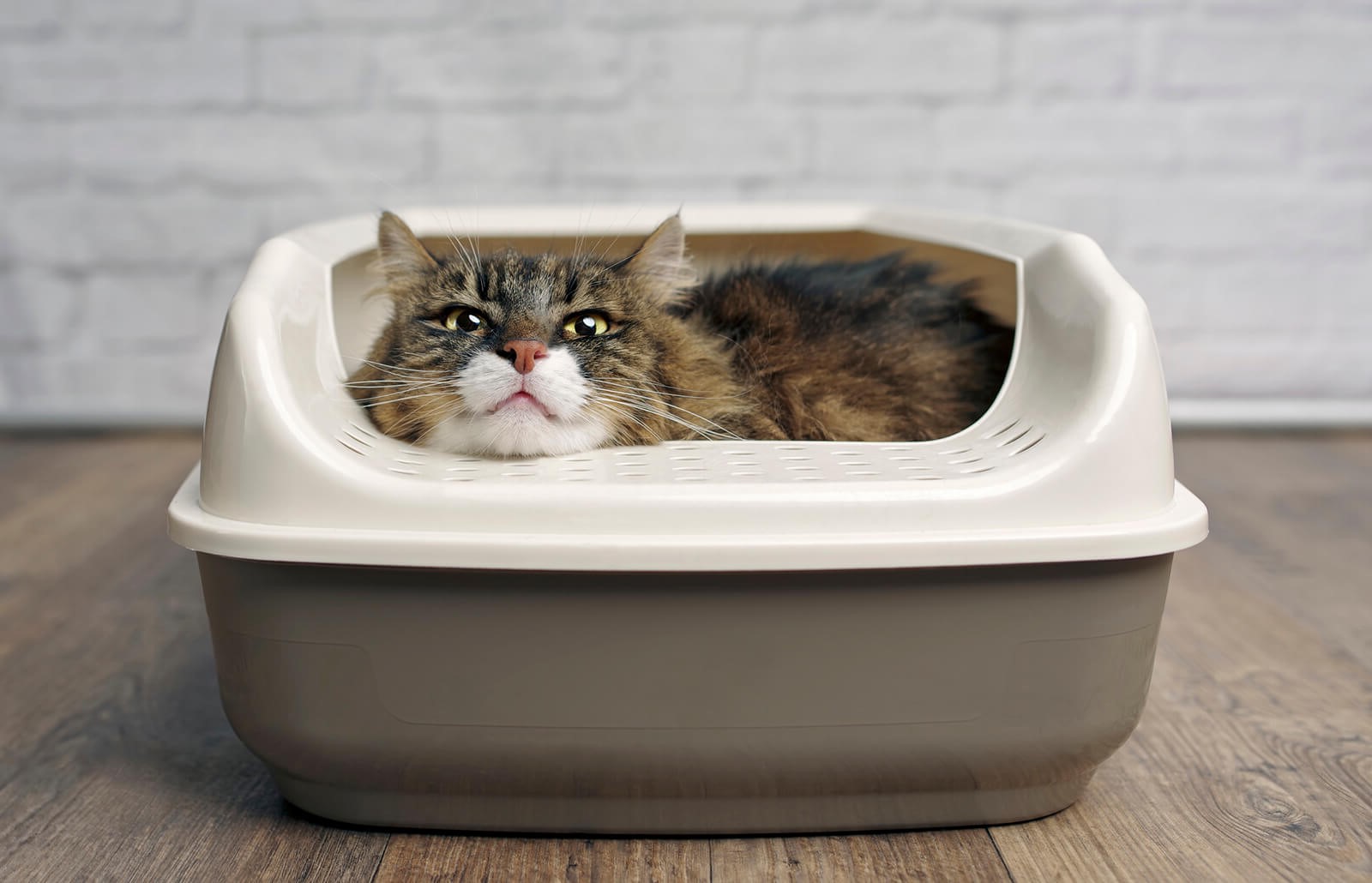

0 thoughts on “How Does A Cat Know Where The Litter Box Is”